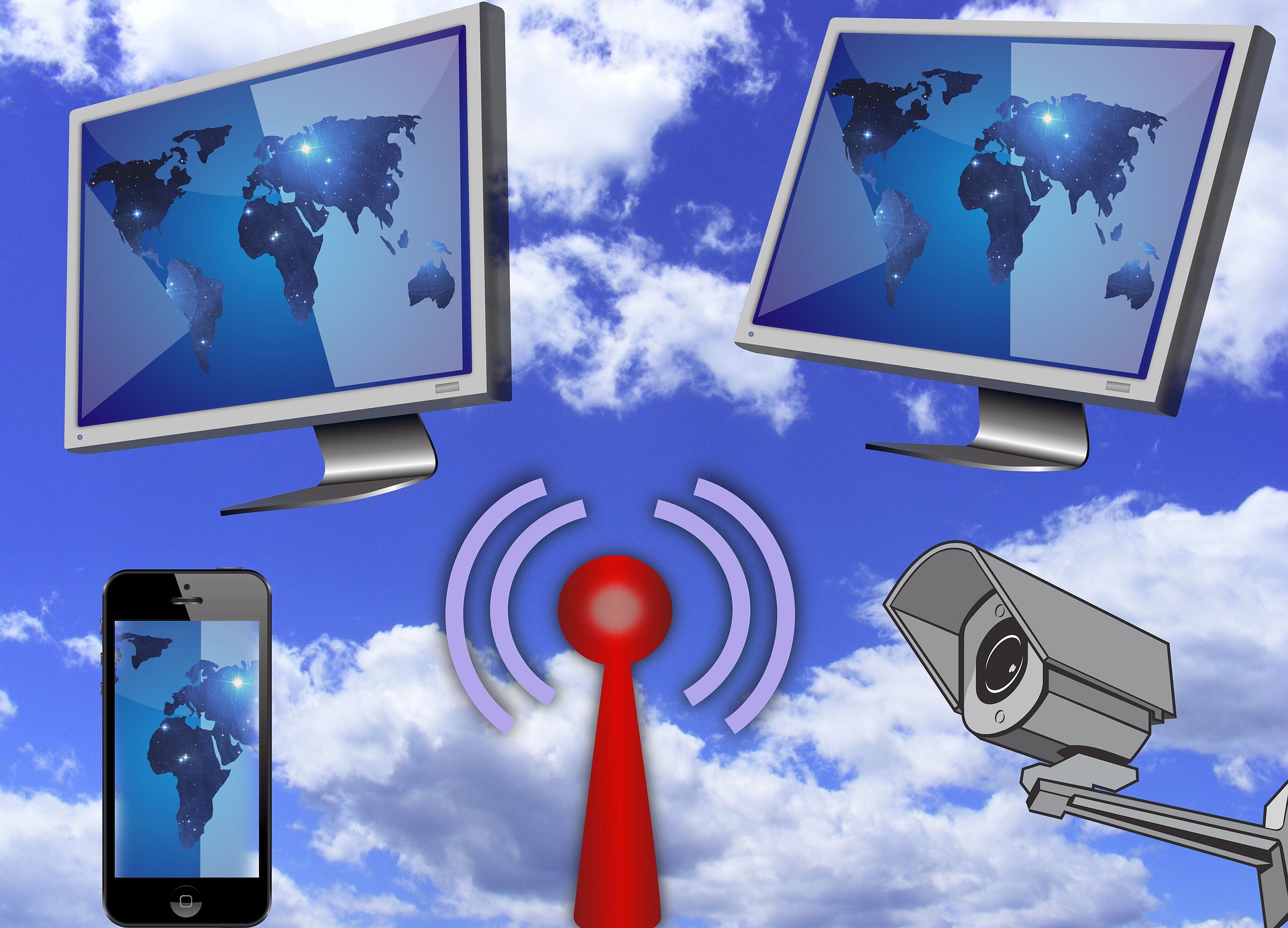iOS applications don’t go to iTunes Connect easily, it takes blood, sweat and tears of engineers with them. It involves various complex task before app hits iTunes Connect. Surely, every iOS engineer must have felt that pain at least once in the lifetime. There are some underlying tools and technologies that Apple uses to upload your binary to iTunes connect and these technologies are being used in multiple tools. I want to keep this post very short as someone said that my posts are really long so I will try to keep in short and sweet. In this post, we will what are the ways you can upload app binary to iTunes Connect.
GUI Tools
1] Local Xcode
In past, everybody has done it using local Xcode machine to archive the app and uploading it to iTunes Connect. If you are lazy then you might be still doing this way. Ideally the all these archiving and uploading should happen from continuous integration server. Anyway, Xcode is the very simple way to upload the builds on iTunes Connects.
Apple Developer portal has step by Step guide how to do this, literally like feeding the baby. You can read here
2] Application Loader
Application loader is another tool that comes up with Xcode. We can an access Application Loader from Xcode > Open Developer Tool > Application Loader. You have to login into Application Loader tool with your Apple ID and do the stuff.
Again Apple has great step by Step documentation on how to use Application Loader here
Command Line Tools
3] Fastlane
Fastlane became the very popular tool for Continuous Delivery of iOS applications these days as it wrapped all complex Apple Developer tools under the hood. Fastlane has sub tool called Deliver which used to uploading the iOS app to iTunes Connect. With Deliver, you can send iOS apps to iTunes Connect or even submit to App Store using following configuration in the Fastlfile which is a config file for Fastlane.
|
1 2 3 4 5 |
deliver( submit_for_review: true, force: true, metadata_path: "./metadata" ) |
Also, there are various other options that you can add which can found here
Note that, Fastlane Deliver use the iTMSTraspoter tool under the hood to upload apps to iTunes Connect that we will look in the after this.
4] iTMSTranporter
An iTMSTransporter stands for iTunes Music Store Transporter which is Apple’s weird Java-based command-line tool to upload app binaries, upload screenshots, update app metadata, manage app pricing manage In-App Purchase products etc. This utility comes with Xcode so need to install it explicitly as long as you got Xcode. The binary can be found here
|
1 |
$ /Applications/Xcode.app/Contents/Applications/Application\ Loader.app/Contents/itms/bin/iTMSTransporter |
You can add above to your $PATH so that, you can use iTMSTransporter directly. If you take a look at the –help them you will see different options but we will care about mode option that is -m and we can pass different things to it.
|
1 2 3 4 5 6 |
-m <arg> The -m option specifies the tool's mode. The valid values are: verify, upload, provider, diagnostic, lookupMetadata, lookupArtist, status, statusAll, createMetadataTicket, queryTickets, generateSchema, transferTest, downloadMetadataGuides, iTunesExtraQCDownload, iTunesLPQCDownload, listReports, requestReport |
There will be the separate post to dive deep into this tool later but it’s the three-step process.
- Download the .itmsp file stub package of an app using lookupMetadata argument
- Verify that contents of the app package using verify argument
- Finally, upload the app package to iTunes Connect using upload argument
There is a Ruby-based wrapper available on Github if you like Ruby.
Again, there very detailed documentation on Transporter on Apple website here
5] altool
An altool is command line interface for the Application Loader. We don’t need to install this utility explicitly, it comes up with the latest Xcode. You can find binary at path
|
1 |
$ /Applications/Xcode.app/Contents/Applications/Application\ Loader.app/Contents/Frameworks/ITunesSoftwareService.framework/Support/altool |
Again, you might need to add this to your $PATH so that, you can use altool from anywhere. This is very simple to use tool if you have ipa of your app then you are just one command away to upload your app to iTunes Connect
|
1 |
$ altool --upload-app -f "path/to/file.ipa" -u %USERNAME% -p %PASSWORD% |
You can also verify the app before uploading using --validate-app option. This can be used on any Continuous Integration server. There is nice little bash script to use altool on Github here
Apple has brief documentation of altool here
Conclusion
iOS developers should know native GUI and Command Line tools for uploading apps binary to iTunes Connect. This will help to script all the infrastructure as code and enable them to the Continuous Integration server. Let me know how you are uploading your iOS apps to iTunes Connects? Share your experiences in the comments below

